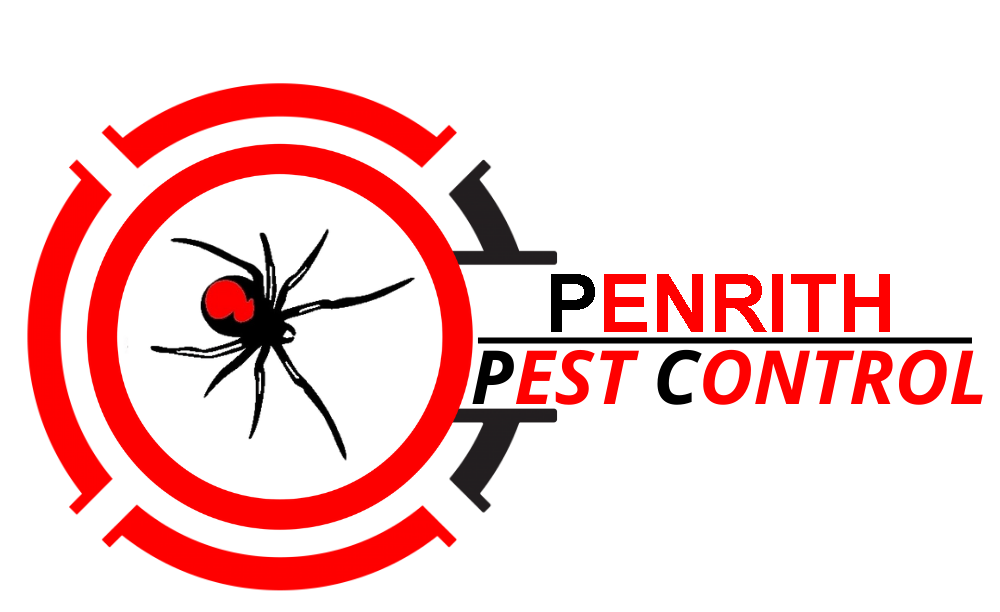
Regardless of the ease of changing your entity structure, careful analysis should be completed prior to any change to mitigate any unintended consequences. Transition planning is a complex process that should begin years before a planned turnover date and not in response to specific events. Ahead of meeting with and selecting banks or other financial partners, it’s crucial to organize data and properly position the company to help increase your chances of securing financing. We can help up build a tax strategy customized to the specifics of your business needs with R&D Tax Credits, Disaster Relief Tax Credits, Tangible Asset Incentive Services, and more.
Your winery deserves a better bookkeeping system
- For example, don’t create a “tasting room rent” expense if you are not renting tasting room space.
- By accurately categorizing these costs, vineyard managers can gain a clearer picture of where their money is going and identify potential areas for cost reduction.
- The assumption is that the final consumer will pay for the sales tax on these items, not the winery.
- An outside entity can offer an unbiased perspective on missed costs and alternative ways to allocate the identified costs.
- SPID and FIFO costing are the most common methods used in a winemaking environment, especially because wine is typically vintage-based and tracked down to the individual wine stock-keeping unit (SKU).
Crush and ferment costs, which may include payroll, supplies, allocated overhead, and depreciation or rent related to crush equipment, should only be allocated to the current vintage crushed. On the other hand, cellar aging costs are typically shared by all wines in the cellar. These are most commonly allocated to the wines based on a weighted average number of gallons in the cellar.
- We offer practical advice on managing your winery’s finances with confidence and making informed decisions that support growth.
- Below are some of the key federal tax changes impacting these industries as well the potential impact on business owners.
- And then there’s vine planting, and setting up windbreaks, and installing a trellis system, and training the vines to grow on the trellis system – and so on.
- When adopting these methods, taxpayers are required to recalculate their inventory as of the end of the prior tax year under the new, simplified method.
- The IRS wants to see the profit levels for each product sold, and proof for the calculations.
- Accounting for materials is typically straightforward in that the cost equals the price paid to acquire the materials, including tax and shipping costs to bring the materials to the production location.
Accounting for Vineyards and Wineries

ZarMoney’s accounting features provide a comprehensive solution for these challenges. A comprehensive vineyard accounting software provides an all-encompassing solution, capable of managing each aspect of a winery’s operations. This blog delves into the features, advantages, and top picks for the best vineyard accounting software. For vineyard businesses that capitalize their pre-productive farming costs, bonus depreciation is allowed on eligible farming assets. Navigating the financial ebbs and flows of seasonal production is a unique challenge for vineyards and wineries.
Is remote access possible with vineyard accounting software?
This methodology offers the benefit of being measurable and verifiable based on usage. If the production facility uses considerably more of the utilities than other portions of the facility, the allocation percentage can be adjusted. Understanding the principles of accrual accounting gives you a solid foundation in better winery accounting. Now, let’s explore a concept that can significantly improve your financial insights — managing production accounts. This guide sheds light on winery accounting principles so you can keep an eagle eye on financial health and maximize profits.

ZarMoney provides an intuitive, customizable dashboard offering real-time insights into different operational aspects. ZarMoney’s productivity scheduler helps plan and monitor tasks effectively, allowing vineyard accounting winery owners to optimize their time and resources. It provides winery owners with a detailed overview of all expenditures, allowing them to make informed decisions to optimize their operations.
Navigating Tax Season: A Food & Wine Business Owner’s Guide to Preparing Your Annual Income Tax Return
Another important aspect of cost accounting in vineyard operations is the use of standard costing. This involves setting benchmark costs for various activities and comparing actual costs against these standards. Variances between the two can highlight areas where the vineyard is overspending or where efficiencies can be improved. For instance, if the actual cost of harvesting grapes significantly exceeds the standard cost, it may indicate issues with labor productivity or equipment efficiency that need to be addressed. Most modern vineyard accounting software provide cloud-based solutions, ensuring secure remote access. Known for its comprehensive sales activity management, GreatVines helps wineries to maximize their sales productivity.
International Tax
To avoid this situation, make sure you understand and are using parent accounts and subaccounts to group your accounts in a logical manner. Most providers offer comprehensive support via email, phone, or live chat to assist you with any issues or queries. Yes, top-notch software solutions comply with security standards to ensure secure and confidential financial transactions. It helps you monitor sales activity, manage orders, track receivables, and generate insightful sales reports for informed decision-making.

With all the love and effort you put in, wanting to make a profit goes without saying. Accurate financial management is fundamental to running a thriving wine business. One thing that should NOT generally be included in income is sales tax and tips collected from customers.
When deciding which cost allocation method to use, keep in mind that no method will provide a perfect allocation. Consequently, it is best to use the simplest method available that provides an appropriate level of precision. Their outstanding team works fast and has the soft skills needed in this business, and their efficiency and attention to detail mean I can relax and do what I love. They’re often tied to your distributor or retailer achieving specific sales goals. While tempting, avoid recording billbacks as income the moment you receive them. However, we’ve only touched the tip of the iceberg when it comes to keeping healthy books for your wine business.
- For example, there are sales tax exemptions for oak barrels, and for wine labels and fertilizer, since these items are all involved in either the grape growing or production processes.
- Known for its comprehensive sales activity management, GreatVines helps wineries to maximize their sales productivity.
- And finally, the bottles are left in storage for a period of months for further aging.
- With all the love and effort you put in, wanting to make a profit goes without saying.
- ZarMoney provides a range of features to streamline accounting procedures, making it the best vineyard accounting software.
A lack of effective sales order management can lead to errors and dissatisfaction among customers, undermining the reputation of the vineyard. ZarMoney’s software for wineries turns this around by ensuring precise order tracking and customer satisfaction, highlighting its position as the best vineyard accounting software. ZarMoney embodies this necessity with a robust feature that simplifies customer management. It helps winery owners keep track of due payments, monitor outstanding debts, and generate accurate financial reporting. The availability of bonus depreciation for a winery is pretty widespread, but depending on how a taxpayer accounts for pre-productive costs, bonus depreciation may not be available for vineyard assets.

